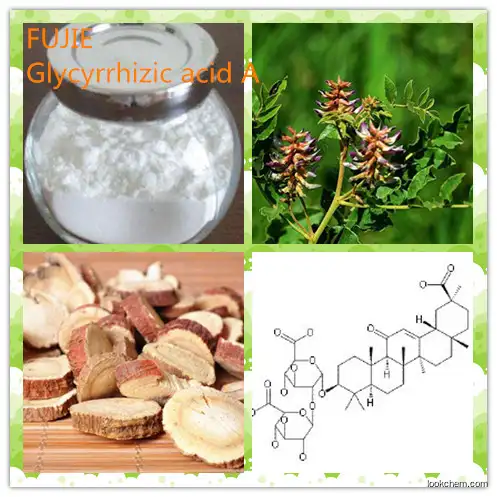753-73-1 Direct Detection, Dimerization, and Chemical Trapping of Dimethyl- and Diphenylstannylene from Photolysis of Stannacyclopent-3-enes in Solution
Dimethyl- and diphenylstannylene (SnMe2 and SnPh2, respectively) have been successfully detected and characterized in solution. The stannylenes were generated by photolysis of 1,1,3-trimethyl-4-phenyl- (2) and 3,4-dimethyl-1,1-diphenylstannacyclopent-3-ene (3), respectively, which have been shown to extrude the species cleanly and in high (0.6 < Φ < 0.8) quantum yields through trapping studies using dichlorodimethylstannane (Me2SnCl2) as the stannylene substrate. Laser flash photolysis of 2 and 3 in deoxygenated hexanes affords promptly formed transient absorptions assigned to SnMe2 (λmax = 500 nm; ε500 = 1800 ± 600 M-1 cm-1) and SnPh2 (λmax = 290, 505 nm; ε500 = 2500 ± 600 M-1 cm-1), respectively, which decay with absolute second-order rate constants within a factor of 2 of the diffusional limit in both cases. The decay of the stannylenes is accompanied by the growth of new transient absorptions ascribable to the corresponding dimers, the structures of which are assigned with the aid of DFT and time-dependent (TD) DFT calculations at the (TD)ωB97XD/6-31+G(d,p)C,H,O-LANL2DZdpSn level of theory. Dimerization of SnMe2 affords a species exhibiting λmax = 465 nm, which is assigned to the expected Sn=Sn doubly bonded dimer, tetramethyldistannene (Me2Sn=SnMe2, 16a), in agreement with earlier work. In contrast, the spectrum of the dimer formed from SnPh2 exhibits strong absorptions in the 280-380 nm range and a very weak absorption at 650 nm, on the basis of which it is assigned to phenyl(triphenylstannyl)stannylene (17b). The calculations suggest that 17b is formed via ultrafast rearrangement of a novel phenyl-bridged stannylidenestannylene intermediate (20), which can be formed either directly by "endo" dimerization of SnPh2 or by isomerization of the "exo" dimer, tetraphenyldistannene (16b); the predicted barriers for these rearrangements are consistent with the experimental finding that the observed product is formed at close to the diffusion-controlled rate. Absolute rate and equilibrium constants are reported for the reactions of SnMe2 and SnPh2 with Me2SnCl2 and methanol (MeOH), respectively, in hexanes at 25 °C.
https://www.lookchem.com/CASDataBase_753-73-1.htm

评论
发表评论